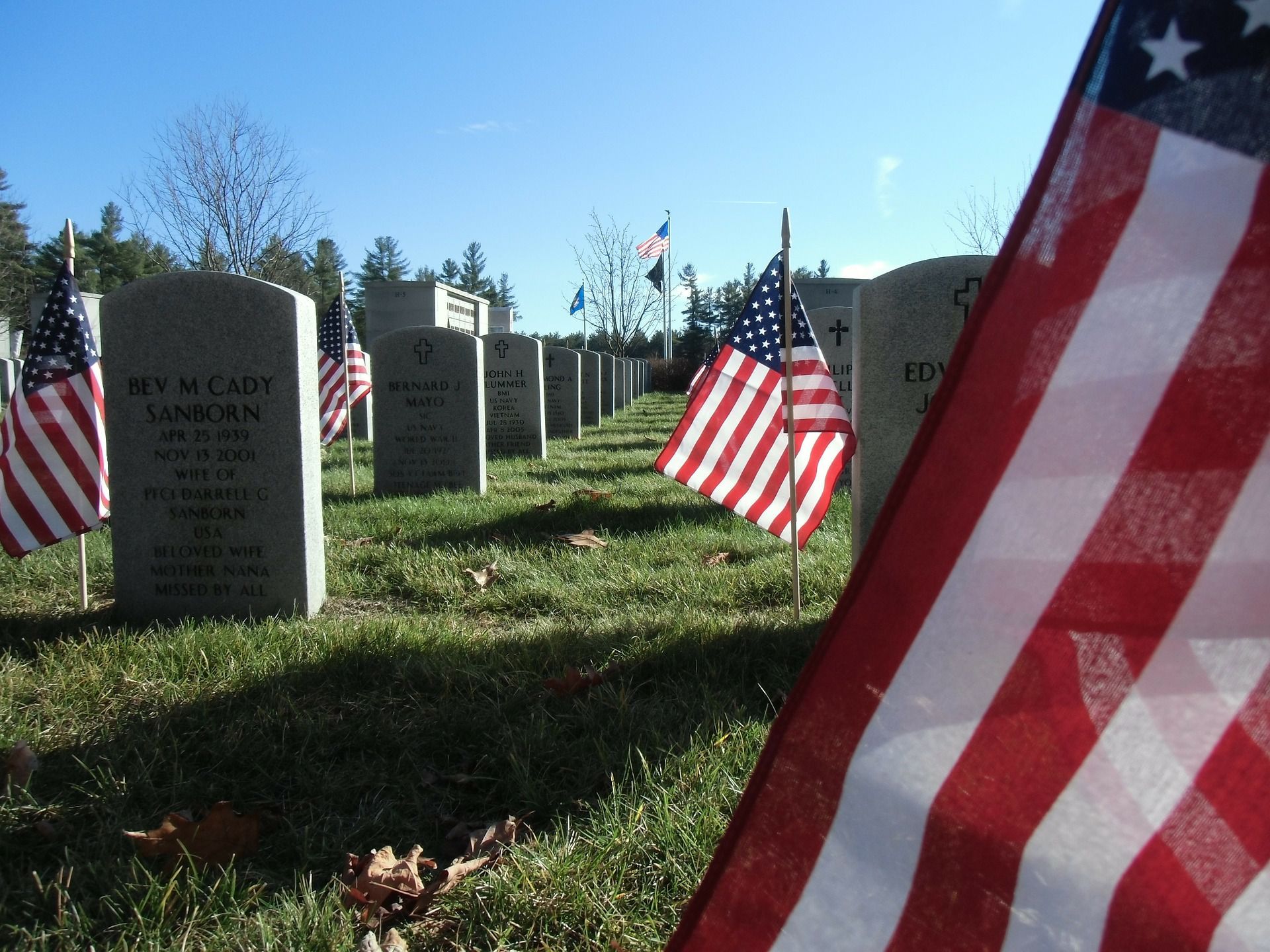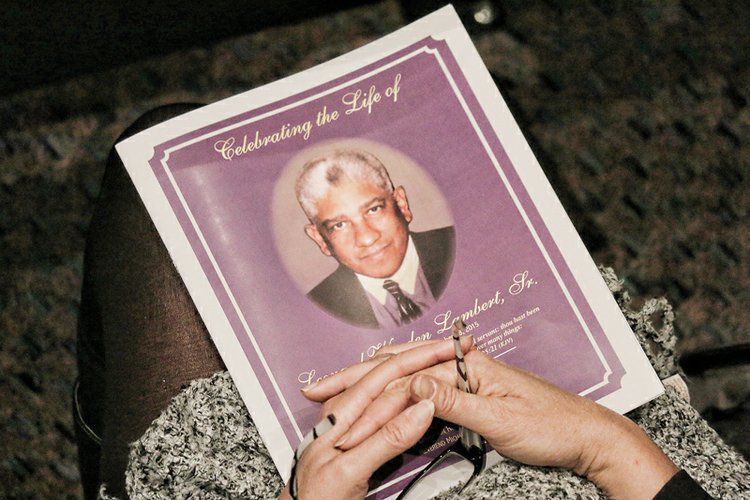How to Choose a Casket?
If you or a loved one has decided on a traditional burial , one of the many choices associated with that process is the type of coffin or casket one will be laid to rest in. As a person’s final resting place, this selection is an important one and offers many opportunities for personalization and tribute to the deceased.
What’s the Difference Between a Coffin and a Casket?
The first decision one must make is the type of burial vessel: coffin or casket? Coffin is the term for a long, narrow burial vessel. A traditional coffin is more narrow at the head and foot, with the broadest section around the shoulders. “Casket” is a term that refers to a different design: caskets are more rectangular, sometimes with rounded corners.
Caskets tend to be more high-quality items and made of better materials. The term “casket” initially referred to a jewelry or treasure box common among Europeans in the 20th century. When undertakers began decorating coffins with great care, people began making a comparison between the jewelry cases and the burial vessels, which led to the term “burial casket.”
Material
Caskets are generally made of either metal or wood. Wooden caskets tend to be decorated with many of the design elements associated with furniture and often take on the natural color of the selected wood grain—elm, maple and ash are popular wood types for caskets. Metal caskets are made of bronze, copper or steel and can be painted just about any color.
Personalization
There are a variety of ways to personalize a loved one’s casket. Many people choose to decorate a casket with images on either the inside or the outside of the vessel. Caskets can also be engraved with a message or the loved ones name and life dates.
Cost
Because this will be the final resting place for a dear loved one, the cost of a casket tends to be one of the largest investments made as part of a funeral. Fortunately, caskets are less expensive than they used to be. While a basic casket used to run about $2500, there are standard options for as little as $995 now.
The price depends on somewhat on the material. The most affordable options for caskets are ones made out of easy-to-find hardwoods like poplar and pine. A standard steel casket is also a budget-friendly option. These choices run between $900 and $2500.
The next step up would be a nicer hardwood like maple, cherry or oak, which will run you between $2500 and $4500. Bronze and copper caskets start in this price range as well, with prices going up to $10,000 for these metals.
Walnut and mahogany are some of the finest woods available for caskets, so they cost upwards of $5,000.
If you do not plan to use the casket as a burial vessel, it is possible in most places to rent a casket for a wake or visitation.
It’s Your Choice
The Federal Trade Commission’s Funeral Rule ensures that you can shop around for caskets. While you don’t have to purchase them at the funeral home you’ll be using, it can be a comfort to work with a funeral director you know and trust for this important purchase. The funeral directors at Hutchison Funeral Home are always available to provide help and guidance with these challenging decisions.




